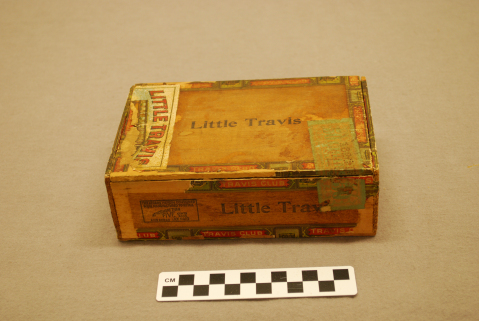The use of tobacco is centuries old, thought to have been discovered by the ancient Maya. There is evidence of smoking on Mayan pottery going back as far as the 10th century. In the 1600s, tobacco smoking became popular in Spain and was a symbol of wealth. Ironically, tobacco use was initially thought to be a cure for many illnesses. It wasn’t until the 1950s that the negative health effects of smoking began to be known, and it was first proven to cause cancer.
In cigars the outer layer, or wrapper, holds the tobacco together into its signature shape. This outer layer also determines much of the character and flavor of the cigar. The exterior leaves were picked while still green and go through a special aging process depending on the color and cigar type desired. Cigars today come in a variety of different shapes and sizes, with tobacco produced in many different countries and regions. The tobacco leaves filling the cigar need to be arranged in a way that forms air passages, the size of which is important to the quality of the cigar. If the airways are too small, the cigar will not burn, and if they are too large the cigar will burn too fast. Prior to the 1950s all cigars were hand folded, and getting the correct arrangement of leaves took a skilled worker. Today machines have taken over that task, by replacing the painstakingly folded inner leaves with smaller pieces of chopped up tobacco.
Henry William Finck was raised in New Orleans where he worked in the cigar making industry and learned the trade. He managed a cigar factory in New Orleans until he came to San Antonio in 1853 and started his own business with $1,000, borrowed from his life insurance.
The Finck Company made special “private label” cigars for the Travis Club, a private men’s club, founded in 1890. In 1906 the private label cigars were made only for the club, but during WWI the club members began inviting young military officers and trainees in San Antonio to join the Travis Club. These military men enjoyed the cigars so much they demanded they be sent to other military related men’s clubs. It became a widely popular brand and is still a top seller today, with an image of the original building printed on the label as a tribute to the history of the brand. Today the Finck Cigar Company is the only automated cigar factory in Texas.
